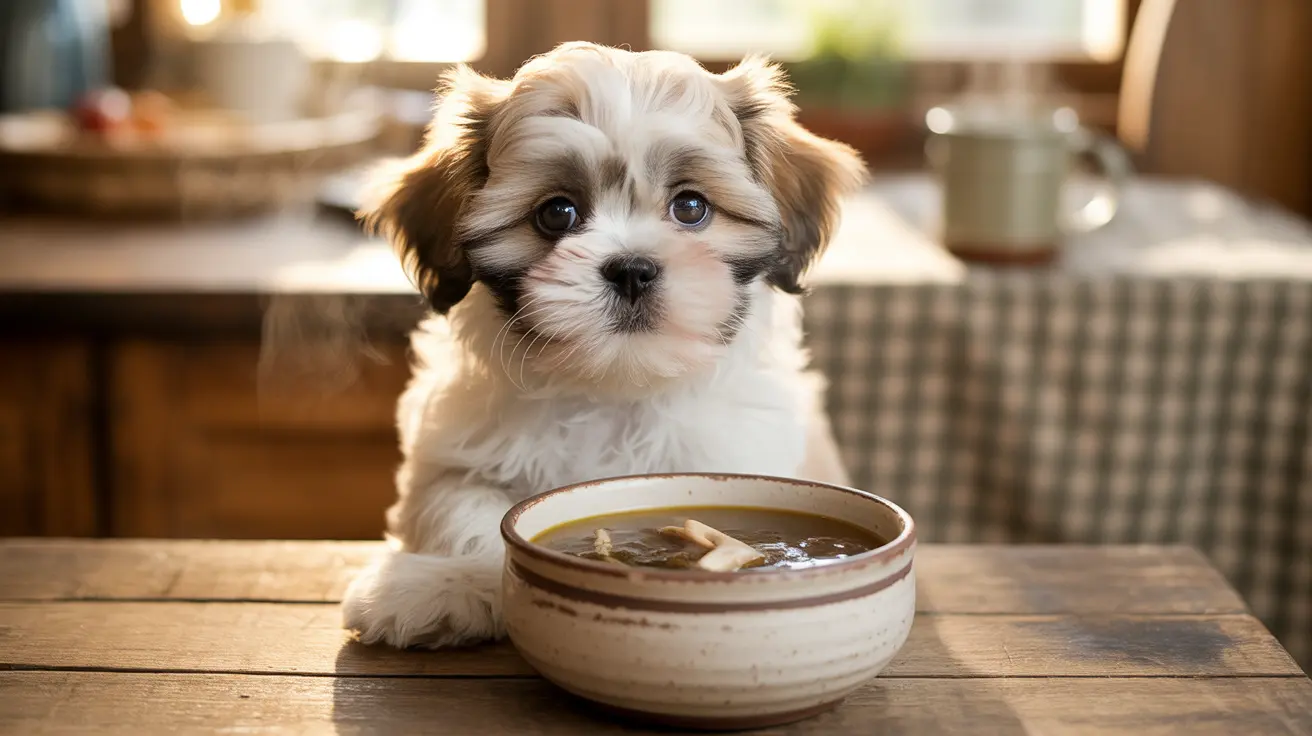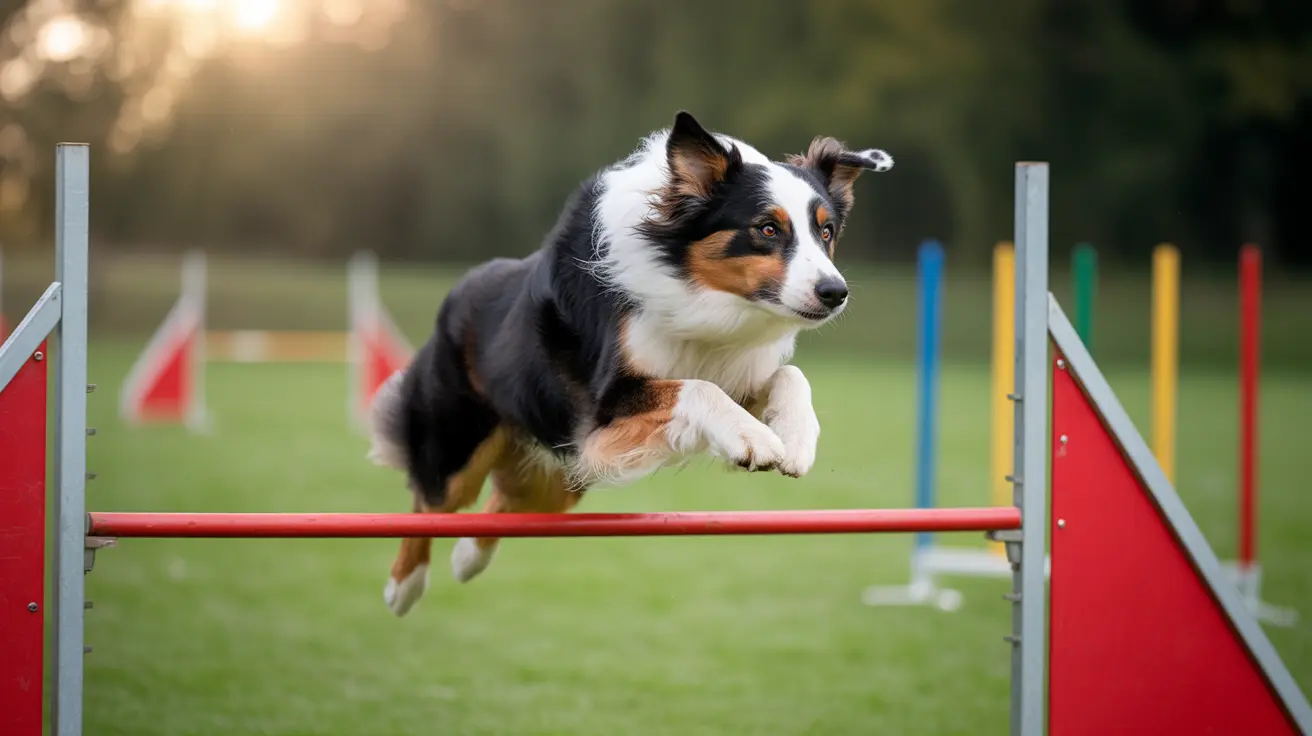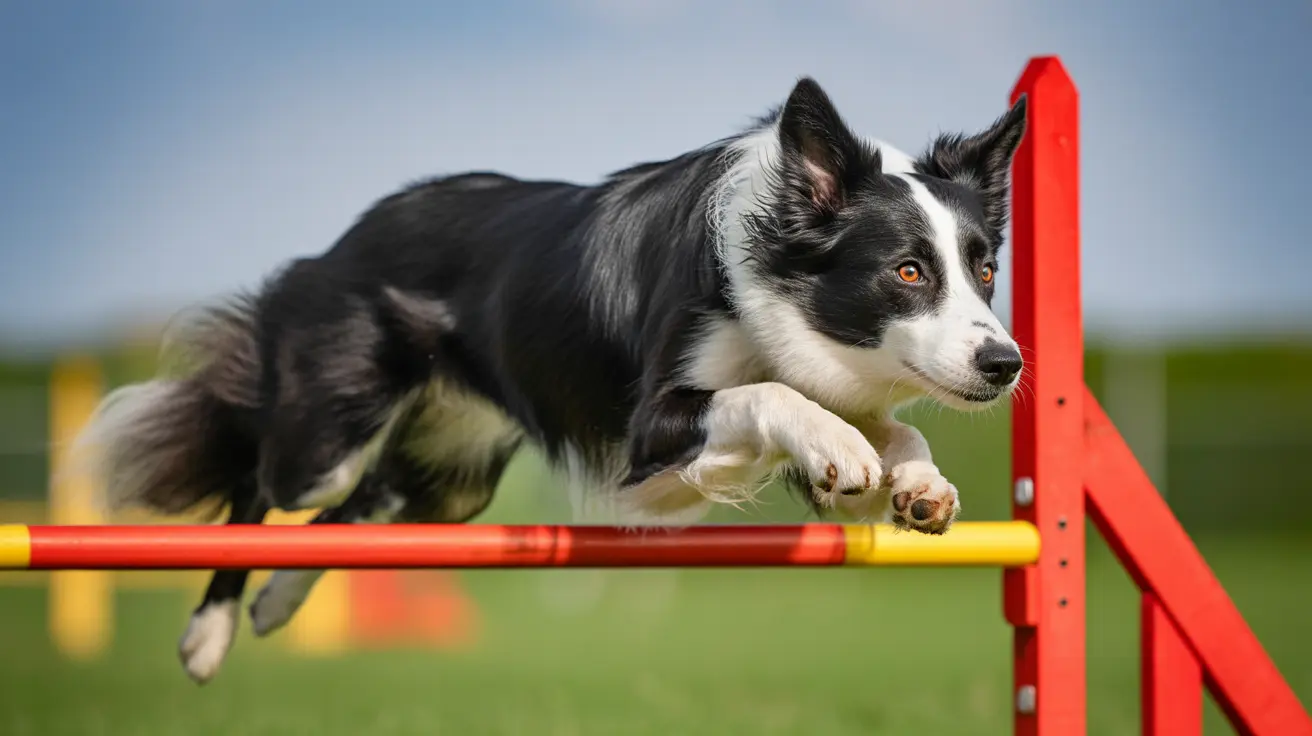While water is essential for your dog's health and hydration, many pet owners wonder about safe alternatives to plain water for their furry friends. Understanding what dogs can safely drink besides water is crucial for their wellbeing and can be especially helpful during illness, hot weather, or when encouraging hydration.
In this comprehensive guide, we'll explore safe drink alternatives for dogs, discuss important precautions, and provide expert guidance on when and how to offer different beverages to your canine companion.
Safe Drink Alternatives for Dogs
Veterinary-Approved Liquid Options
When it comes to alternatives to plain water, several vet-approved options can be safe for dogs in moderation:
- Low-sodium bone broth (homemade or commercial pet versions)
- Pet-specific electrolyte solutions
- Goat's milk (for non-lactose-intolerant dogs)
- Pure coconut water (in small amounts)
- Ice cubes made from plain water or diluted broth
Bone Broth Benefits and Preparation
Homemade bone broth can be an excellent supplement to your dog's hydration routine. Ensure it's made without onions, garlic, or excess salt. This nutrient-rich liquid can:
- Support joint health
- Improve digestion
- Encourage hydration
- Provide beneficial minerals
Dangerous Drinks to Avoid
Several common beverages can be harmful or even toxic to dogs:
- Caffeinated drinks (coffee, tea, energy drinks)
- Alcohol
- Sweetened beverages
- Human sports drinks
- Regular cow's milk
- Fruit juices
- Carbonated beverages
Special Circumstances for Alternative Drinks
During Illness or Recovery
Sometimes, dogs may benefit from specialized hydration options when sick or recovering:
- Veterinary electrolyte solutions
- Diluted chicken broth
- Ice chips for controlled hydration
- Pet-specific recovery drinks
Hot Weather Hydration
During warm weather, consider these cooling options:
- Frozen bone broth cubes
- Watermelon-infused water
- Chilled, plain water
- Pet-safe frozen treats
Monitoring Your Dog's Hydration
Regular monitoring of your dog's hydration status is essential. Watch for:
- Elastic skin that quickly returns when pinched
- Moist, pink gums
- Regular urination
- Bright, alert eyes
- Normal energy levels
Introducing New Drinks Safely
When offering any new liquid besides water:
- Start with small amounts
- Monitor for adverse reactions
- Consult your veterinarian first
- Maintain regular water availability
- Never force consumption
Frequently Asked Questions
What safe drinks can I give my dog besides plain water?
Safe options include pet-specific electrolyte solutions, low-sodium bone broth, small amounts of goat's milk (if tolerated), and pure coconut water in moderation. Always maintain regular water availability as the primary hydration source.
Can dogs drink broth or electrolyte solutions for hydration?
Yes, dogs can safely consume low-sodium bone broth and pet-specific electrolyte solutions. Avoid human electrolyte drinks, and ensure broths are free from harmful ingredients like onions and garlic.
Is coconut water safe for dogs to drink, and how much is appropriate?
Pure coconut water is safe in small amounts, but due to its high potassium content, limit intake to a few tablespoons for medium-sized dogs. Always introduce gradually and watch for digestive issues.
Which common human beverages are harmful or toxic to dogs?
Harmful beverages include caffeinated drinks, alcohol, sweetened beverages, human sports drinks, regular milk, fruit juices, and carbonated drinks. These can cause various health issues from mild stomach upset to severe toxicity.
How can I encourage my dog to drink more water on hot or active days?
Encourage increased water intake by providing multiple water stations, adding ice cubes, using pet fountains, offering frozen treats, or adding small amounts of low-sodium broth to water. Always ensure fresh, clean water is readily available.
Conclusion
While water should always be your dog's primary source of hydration, several safe alternatives can be offered in moderation or specific circumstances. Always consult with your veterinarian before introducing new beverages, and maintain careful observation when offering anything besides fresh, clean water.






